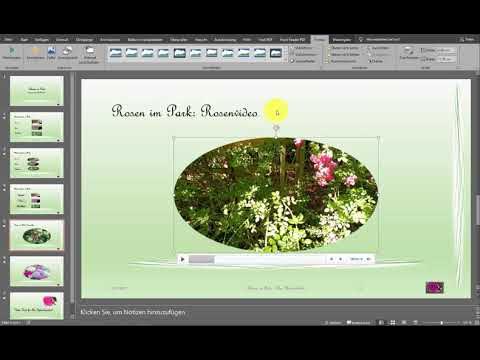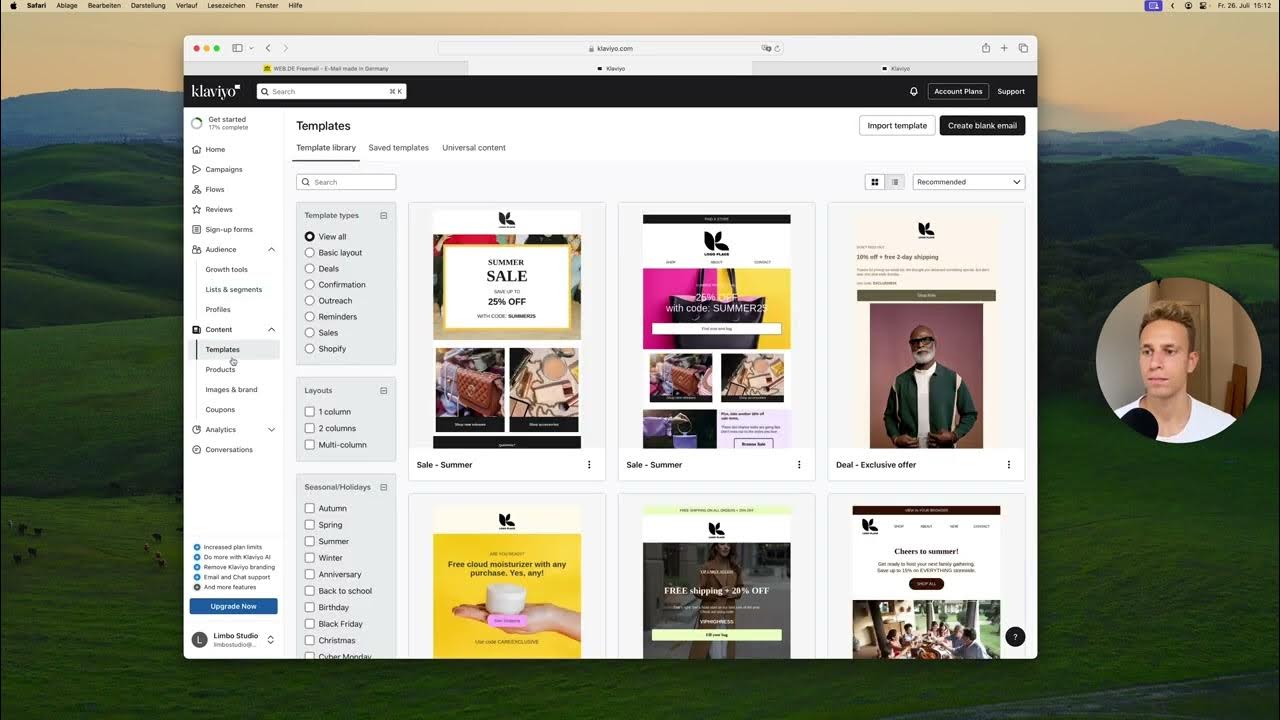How to Make Cheddar Cheese (with Taste Test)
Summary
TLDRIn diesem Video-Tutorial wird gezeigt, wie man hausgemachten Cheddarkäse herstellt. Der Prozess wird Schritt für Schritt erklärt, angefangen bei der Vorbereitung und Desinfektion der Ausrüstung bis hin zur Reifung des Käses über mehrere Monate. Der Gastgeber führt durch das Erwärmen der Milch, das Hinzufügen von Kulturen und Enzymen, das Formen der Quarkstücke und den Pressvorgang. Der Käse wird schließlich zum Reifen vakuumversiegelt. Am Ende teilt der Gastgeber das Ergebnis nach fünf Monaten Reifezeit und gibt Tipps, wie der Käse je nach Reifezeit milder oder schärfer schmecken kann.
Takeaways
- 🧀 Die Anleitung zeigt, wie man hausgemachten Cheddar-Käse macht, einen der beliebtesten Käsesorten in den USA und weltweit.
- 🧼 Vor Beginn des Käseherstellungsprozesses ist es wichtig, alle Geräte zu desinfizieren, entweder durch die Spülmaschine oder durch Kochen.
- 🥛 Verwenden Sie drei Gallonen pasteurisierte, nicht homogenisierte Milch, die langsam auf 85 Grad Fahrenheit erhitzt wird.
- 🐱 Es wird erwähnt, dass nicht alle Katzen Milch vertragen, daher sollte man den Tierarzt konsultieren, bevor man ihnen Milchprodukte gibt.
- 🥄 Mesophile Kultur und Calciumchlorid werden nacheinander in die Milch eingerührt, um den Käsereifungsprozess zu starten.
- 🔄 Der Käse wird über mehrere Stunden in mehreren Schritten gepresst, angefangen mit 25 Pfund Druck und endend bei 50 Pfund.
- ⏲️ Der gesamte Prozess dauert etwa sechs Stunden, inklusive vieler Ruhezeiten zwischen den Schritten.
- 🔪 Der Käse wird nach dem Pressen in 1/2-Zoll-Würfel geschnitten und gesalzen, um den Geschmack zu intensivieren.
- 🧊 Nach der Trocknungszeit wird der Käse vakuumversiegelt und für drei bis sechs Monate gereift, wobei er wöchentlich gewendet wird.
- 🎉 Am Ende des Reifeprozesses hat der Käse einen mittleren Geschmack, leicht scharf, ideal für verschiedene Mahlzeiten.
Q & A
Was ist das beliebteste Käse-Rezept in den USA, das in diesem Video vorgestellt wird?
-In diesem Video wird gezeigt, wie man hausgemachten Cheddar-Käse zubereitet, der als einer der beliebtesten Käsesorten in den USA gilt.
Welche Sicherheitsmaßnahme sollte man vor dem Start des Rezepts treffen?
-Man sollte alle Ausrüstungsgegenstände gründlich desinfizieren, entweder mit einem Spülmaschinen-Desinfektionsprogramm oder durch kurzes Abkochen im Kochtopf.
Welche Art von Milch wird für die Käseherstellung verwendet?
-Es wird pasteurisierte, nicht homogenisierte Milch verwendet, und man benötigt drei Gallonen davon.
Welche Temperatur muss die Milch zu Beginn der Zubereitung erreichen?
-Die Milch sollte langsam auf 85°F (ca. 29,4°C) erhitzt werden.
Welche Kulturen und Zutaten werden dem Käse während des Prozesses hinzugefügt?
-Zuerst wird 1/4 Teelöffel mesophile Kultur hinzugefügt, dann Calciumchlorid, Annatto für die Farbe, und schließlich Lab, um die Milch zu gerinnen.
Wie lange muss der Käse ruhen, nachdem das Lab hinzugefügt wurde?
-Nach der Zugabe des Labs muss der Käse 45 Minuten ruhen, um zu gerinnen.
Was versteht man unter einem 'clean break' beim Käse?
-Ein 'clean break' ist, wenn der Käsebruch sauber auseinanderbricht, wenn man ihn mit einem Schneidewerkzeug anhebt. Dies zeigt, dass der Käsebruch richtig fest geworden ist.
Wie oft müssen die Käseplatten während des 'Cheddaring'-Prozesses gewendet werden?
-Die Käseplatten müssen insgesamt achtmal gewendet werden, jeweils alle 15 Minuten, über einen Zeitraum von zwei Stunden.
Wie lange muss der Käse nach dem Pressen reifen, bevor er verzehrfertig ist?
-Der Käse sollte nach dem Vakuumversiegeln drei bis sechs Monate reifen. In dieser Zeit muss er wöchentlich gewendet werden.
Was kann man tun, wenn man Schimmel auf dem gereiften Käse entdeckt?
-Wenn etwas Schimmel auf dem Käse ist, kann man ihn einfach abschneiden. Dies könnte durch etwas Feuchtigkeit während des Reifeprozesses verursacht worden sein.
Outlines

此内容仅限付费用户访问。 请升级后访问。
立即升级Mindmap

此内容仅限付费用户访问。 请升级后访问。
立即升级Keywords

此内容仅限付费用户访问。 请升级后访问。
立即升级Highlights

此内容仅限付费用户访问。 请升级后访问。
立即升级Transcripts

此内容仅限付费用户访问。 请升级后访问。
立即升级5.0 / 5 (0 votes)






